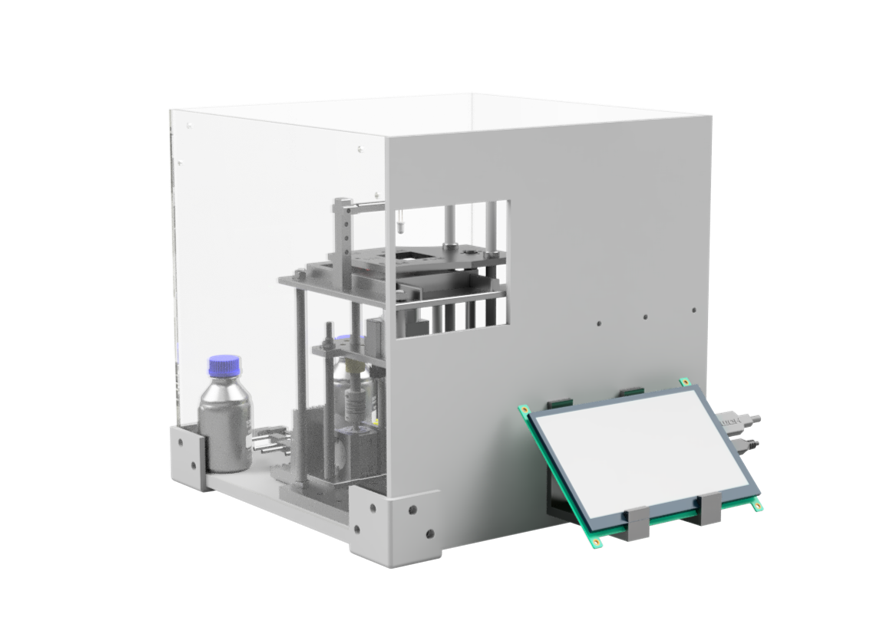

Wu Xiaomeng (ISTD), Tan Yi Leng (EPD), Lieu Wei Ying (EPD)
Koh Chuan Shen Marcus (ESD), Tai Jing Yu (EPD), Wong Chi Seng (ISTD)
In Collaboration With:


Sepsis is a widespread and deadly medical condition that threatens the lives of patients when the body's response to an infection causes injury to its own tissue and organs (Sepsis Alliance, 2018).
With approximately 50 million new cases annually and more than 1/5 of these patients losing their lives as a result of the condition (Rudd et. al., 2020), it is thus critical that a system is available to save as many lives as possible.
The Singapore-MIT Alliance for Research and Technology (SMART) has been researching on methods to quickly identify the sepsis condition and they have been successful in developing a microfludics-based method to detect sepsis in 3 hours, helping to increase the survivability rates of sepsis patients to around 50%.
However, they wish to further miniaturise the system and automate the current technologies they have, such that a Point-of-Care system for diagnosis can be developed to rapidly detect sepsis, within 30 mins, pushing the survivability rates to around 80%, without the need for a fully equipped laboratory.
SAMSys is a Point-of-Care diagnostic platform designed to observe and detect anomalies in blood activity to identify if a patient has sepsis. The device utilises microfluidic technology to create a portable, on-site laboratory to conduct rapid testing of sepsis.

600%Increase in Efficiency
for sample processing time, enabling treatment in 30 minutes
92%Accuracy Rate
rivaling traditional laboratory methods
82%Survivability Rate
up from 50%, for septic shock


This project would not have been possible without the expertise and mentorship of Dr Kerwin Kwek and the lab personnel at SMART . We would also like to thank our capstone instructors: Assoc. Prof. Dawn Tan, Asst. Prof. Georgios Piliouras and Dr. Yeo Si Yong for their invaluable guidance throughout this journey, as well as Ms Pang Yoke Kian Rachel for her help with language-related matters.
Researcher-in-training, responsible for the microfluidic chip's integration into the system. Wei Ying worked on the intricate details of the microfluidic chip and the physical outlook of SAMSys.
Healthcare product engineer-in-training. Made sure that everything biology and fluids-related were crystal clear to the team. Yi Leng ensures that the microfluidic chip's clamp and pressure system worked well together.
Main data analyst, software engineering amateur. The implementer of the user-interface and the software system integration. Xiaomeng improved our algorithms together with Marcus, ensuring that SAMSys stays relevant. Lost for Jetson Nano.
Overall system architect, UI designer, while working on the data analytics with Xiaomeng. Marcus is our project manager, ensuring that everyone is on track with their work while keeping the big picture in mind.
Electronics engineer-in-training, responsible for building up and automating the optics system, along with hardware integration. Jing Yu ensures that everything with a voltage difference functions as it is supposed to. Jing Yu is the go-to guy if you need something fried that is not food.
Cyber-security amateur, responsible for the software system optimisation, computer vision and software-hardware integration. Considers most hardware components mystical.
For further enquiries on SAMSys, please contact the team at: weiying_lieu(at)mymail.sutd.edu.sg